KANGAROO ISLAND ......
- Woolgoolgaoffroad
- Mar 22
- 6 min read
Kangaroo Island has always been on my radar to explore while travelling on the bottom end of South Australia. Realistically, it’s only 100km south of Adelaide and a short trip across on the ferry, so I headed out of Adelaide for KI with a few weeks up my sleeve. Bookings are essential for the 14km barge ride across the strait called Backstairs Passage.

It’s a deep yet dangerous passageway that was formed nearly 13,000 years ago when sea levels rose and cut Kangaroo Island off from the mainland. Explorer Matthew Flinders mapped the area in 1802 and named it Backstairs Passage, concerning the outer Gulf St Vincent and the Southern Ocean. This dangerous piece of water has claimed many ships due to its narrow channel, big tidal swells and often breaking seas. In 1851 the first South Australian lighthouse was built at Cape Willoughby on Kangaroo Island to help vessels navigate the area and for others heading further on towards Bass Strait. Unfortunately, in 2005 two inexperienced sea Kayakers lost their lives while trying to cross the strait.

KI is Australia’s third largest island after Tassie and Melville Island up off Darwin and its Indigenous history is just as impressive too where artefacts that have been found date back at least 16,000 years. The Aboriginal name for Kangaroo Island is Karta Pintingga, which means Island of the dead, three tribes lived around the Island before it was cut off from the mainland and over the years discoveries of stone hammers, shell middens, cave shelters and ceremony areas have been found across the island.

After the 40-minute ferry ride to the Island, you get a feeling that’s like an instant unwind and realisation that you're at an isolated place off the mainland. The gateway to KI is Penneshaw, the second-largest town on the island with a population of nearly 275 people. It is known for its local attractions and street-lined historical buildings. There’s Penguins at night, a stunning beach called Hog Bay plus one of the best lookouts on the island called Ironstone Hill. There’s no right or wrong way on which way to explore the island, just depends on your criteria and time limit. Across the island, there are food and wine stops, guided adventure tours, fishing charters and so much more.
The island's main town of Kingscote has everything that you can ask for from fuel, food and drink store plus an array of local boutique shops. Kingscote is the perfect place to re-stock, grab a pie and walk around the streets exploring a little more of KI. An hour's drive to the west is the stunning Flinders Chase NP where you can spend a few days exploring the natural wonders such as Kelly Hill caves, sanctuaries, the stunning Remarkable rock formations, tackle the many walking trails or visit Cape du Couedic lighthouse.

KANGAROO LIGHTHOUSES
For an island small in size, it actually has three lighthouses due to its structure and location near the southern ocean. Cape Willoughby Light Station, south of Penneshaw, sits high on a hill overlooking the coastal plains and east towards the mainland. Matthew Flinders first navigated the nearby channel in 1802 and soon after whalers and sealers moved in, but it was soon apparent that a light was needed to navigate the treacherous seas of the area.

By 1852 the light was built and it was a 15-wick oil-burning lamp lighting the way, 1920 it was converted to kerosene and today it's an efficient LED light that shines and is still a crucial navigation aid. There’s a self-guided heritage walking trail around the ground with a dozen different landmarks to explore. Cape Willoughby is often the coldest place in the state and the Sturt Light made of granite and lime mortar is the oldest lighthouse in South Australia where it’s named after the inland explorer Charles Sturt, as he helped to secure the funds needed for the tower and light.

On the far western side of the island is the remote and isolated Cape Borda Lighthouse which was built to guide ships through the rough and dangerous Investigator Strait. This unusual square structure with a high dome was built in 1858 and was virtually cut off from the rest of the island for many years until a rough track was cut in 1928 when it was linked with Kingscote.

Supply ships visited the light only a few times during the year, landing about 8km away in a small cove. Walking around the grounds there’s plenty to explore like the weather station, stores and workshops, a powerhouse and relics of the old telegraph station. In the devastating 2020 fires that ravished the island, especially the western end, firefighters fought with everything they had to save the historical light station & when they had to retreat and leave the buildings their hard work paid off, only losing a BBQ shelter and toilet block.

Cape Borda was built for navigation but also for defence reasons when the government was concerned about foreign interests before 1900. A small canon is still at Cape Borda but it wasn’t to scare off unwanted visitors ( apparently canon balls would not even reach the cliff edge ), but it was fired at 1 pm every day so ships could set their chronometers and let the returning supply ships know there was favourable weather in the area. This lighthouse has the reputation of being one of the coldest windiest points in all of South Australia.

To the south in the Flinders Chase Np is the beautiful Cape du Couedic light station. This elegant and tall granite-built light was established in 1902 after several ships and lives were lost when they hit hidden reefs. The cape was named in 1803 in memory of a French naval officer who died while commanding his ship in 1780. Lighthouse tours are available in the peak times and gives a great inside of the history of both the lighthouse and the area. Cape du Couedic also has three walking tracks where you can spot the long-nosed fur seals on the rocks below, plus head out to the remarkable rock formations and the stunning wind-swept Admirals arch formation.

Now the island is 155km long and up to 55 km wide with a sealed highway linking the main towns and some of the tourist attractions. But then break the island into eight separate regions and you have a host of areas to explore with different sceneries, amazing backdrops and temperaments plus a third of the island is dedicated to National Parks and Conservation areas.
Unsealed roads crisscross the island leading you to so many natural wonders with dramatic backdrops and island experiences. The western side of the island is still recovering after the devastating 2020 fires where the undergrowth is coming back slowly, walking tracks have been opened up and most of the 4wd tracks are open with caution. Across the island, there are plenty of great camping selections either in the thick forests to others with water views.
My time there was early spring when the weather was still cool and wet and some of the infrastructure and tours of the island were still closed for the off-season, but at this time there were a lot fewer people exploring the island. I found the trick was not to underestimate the time you need to fully explore KI where you need at least a week to soak in the island's amazing solitude way of life.
WHERE AND HOW TO GET TO KANGAROO ISLAND
Kangaroo Island is located off Cape Jervis at the southern point of the Fleurieu Peninsula, just over 105km south of Adelaide. Seal-ink Ferries run daily with multiple crossings to and from the island. Australia’s third largest island, it's 55km wide and nearly 155km long, and is only 15km off Australia’s mainland.
A majority of the roads on KI are unsealed but kept in pretty good condition for the locals. From rolling green hills, through to the spectacular Flinders Chase NP across to remote and isolated beaches and headlands, it’s a remarkable and stunning island where you’ll need at least a week to explore everything that Kangaroo Island has to offer.
HOW TO SPEND YOUR TIME ON THE ISLAND
For such a small island there is so much to see and do on Kangaroo Island. For the adventurer, there are walking trails, drives to remote areas to explore the three lighthouses, secluded headlands and beaches and a plethora of activities like quad biking, sand boarding and kayaking. Then there are the food and wine trails and wildlife experiences, and don’t forget it's the perfect place to relax and rejuvenate your body and soul. Flinders Chase NP has remote drives, caves to explore and some of the best bush camping there is to offer. Head to Stokes Bay which was named as Tourism Australia’s best beach in 2023.
OTHER INFORMATION
While it is not a cheap exercise for a short visit to Kangaroo Island, it should be on everybody’s bucket list. Bookings are essential on the barge to and from the island. When the weather gets rough, the barge may be cancelled for the day's passage or until the sea surge settles. Most roads on the island are unsealed but in good condition if you want to explore the whole island and off the tourist trail.
Plenty of camping options across the island and must be booked online, keep in mind that some sections of the island have limited phone service. Ferry info can be found online at https://www.sealink.com.au/kangaroo-island and also for your adventure at https://www.tourkangarooisland.com.au













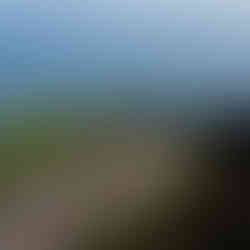




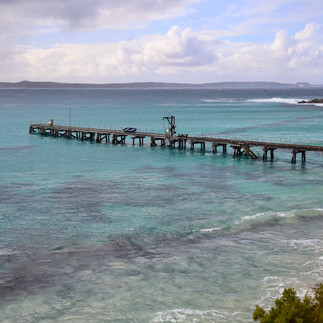



















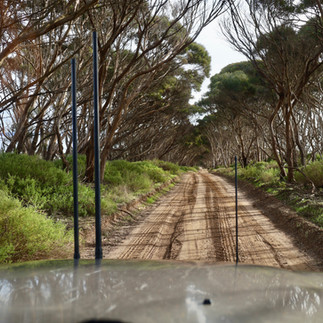
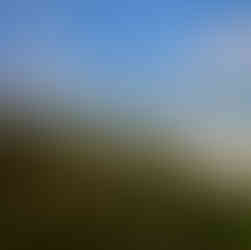












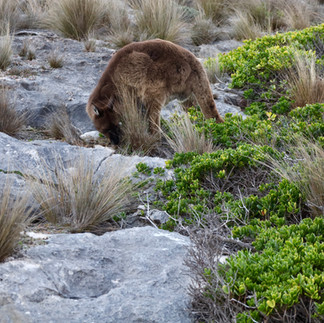




















Comentarios